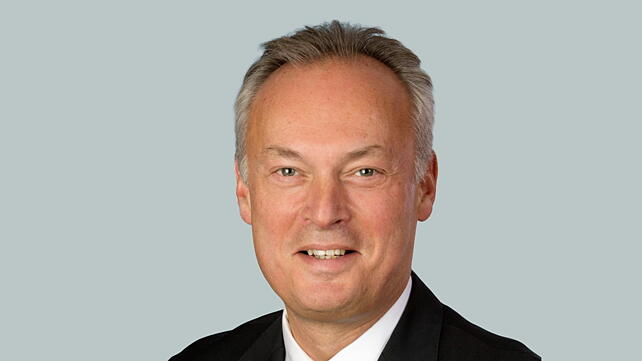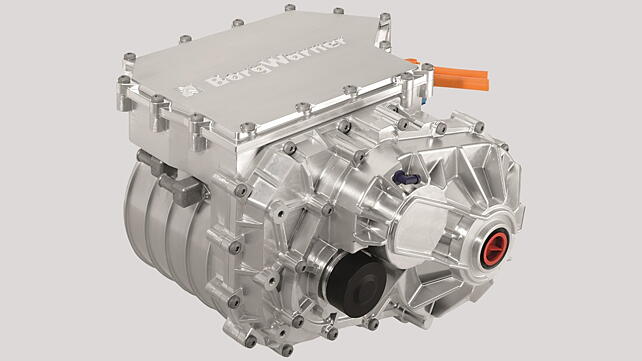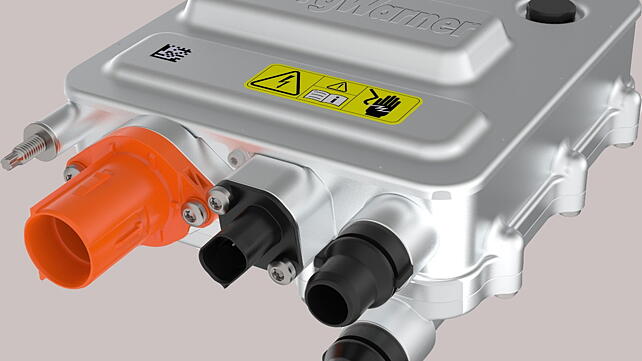
Frédéric B Lissalde has been President and Chief Executive Officer of BorgWarner since August 2018. His experience includes setting and executing strategic direction, driving business performance, growth, and culture; and the integration of purchased companies around the world. He brings expertise in those areas and intimate knowledge of the company’s operations, its business, and industry to the Board. He formerly served as a board member of CLEPA (European Automotive Suppliers’ Association), based in Brussels, Belgium.
Can you take us through the electrification related product families that BorgWarner caters to its customers?
We provide our customers with the entire supply chain for electrified vehicles: stationary fast charging, on board charging, battery packs, battery management systems, battery coolant & cabin heaters, inverters & converters as well as the motors that are moving the wheels. Next to our large electrification portfolio, we still offer our customers highly efficient technology solutions for combustion vehicles.
In your current product portfolio, which are the products that have the immediate risk of becoming extinct due to new mobility coming in?
We’re constantly managing our portfolio. In order to accelerate towards our electrification goal, we are always looking into whether we have a connection of our combustion assets to our e-portfolio.

BorgWarner has recently announced a project – Charging Forward. Can you tell us the key driver to this?
We expect this project to help us generate over 25% of our revenue from electric vehicles by 2025 and approximately 45% by 2030. Project Charging Forward has three pillars:
- We plan to profitably scale eLVs through our continued integration of Delphi and our ability to capture synergies as well as pursuing organic and inorganic actions;
- We intend to expand into eCVs. We’ll do that by leveraging our position in LV and building out a go-to-market product portfolio and operations capabilities organically and inorganically; and
- We plan to optimise our combustion portfolio, reducing our exposure by disposing parts of the portfolio that are lower growth or lower margin.
Even as we refocus our combustion assets, we’ll continue to benefit financially from this portfolio. One way to think about our strategy is that our combustion portfolio supports our pivot to electrification. It enables project Charging Forward. This is not a sudden change in the company’s direction – it’s a logical extension to what we’ve been building since 2015. With project Charging Forward, we put our vision of a clean and energy-efficient world in motion.
Can you elaborate on the roadmap to increase revenue share from vehicle electrification from the current 3% to about 45% in 2030?
We’re moving electrification to the forefront of our strategy. Let me summarise what we’re planning to execute between now and 2025 to reach our 2030 milestones. We are significantly shifting organic investments towards electrification. We expect to deploy up to $5.5 billion of capital to supplement our organic shift with strategic M&A actions, and we are steadily optimising our combustion portfolio and are targeting $3-4 billion of annual revenue dispositions by 2025. We expect these actions will bring our revenue mix to about 45% from EVs by 2030.
What are the product segments that you will be entering as part of Charging Forward strategy?
We believe we can fund this growth with our existing portfolio. As already mentioned, we nevertheless plan to supplement our organic growth with strategic M&A actions.

Can you give us the break-up of the revenue from light-duty vehicle and heavy-duty vehicle segments?
We are still in the emerging stages for our eCV portfolio – like the market is, quite frankly – but it is large and fast-growing, and we see major potential for BorgWarner to capture significant content. We believe there are opportunities in nearly all CV sectors. We see acceleration in buses, medium-duty trucks, delivery vans and various other areas. BorgWarner’s strategy is to be a player in both the LV and CV market. That’s what we do today very successfully. We learn from these areas and cross-fertilise products and ideas. We leverage the LV scale for competitiveness in CV.
What is the update on AKASOL acquisition?
Our recently announced acquisition of AKASOL will put us in an even better position by expanding our battery technologies, which is at the heart of electrifying a commercial vehicle.
We particularly value AKASOL’s product and technology leadership. They have flexible and low-cost design solutions, which are already in production for blue chip customers. The offer is expected to be completed late in the second quarter of 2021, subject to the satisfaction of applicable regulatory approvals, as well as other closing conditions.
Tell us about your manufacturing footprint across the globe. Where do you see the need to expand capacity or set up Greenfield facilities?
With a vision of a ‘clean and energy efficient world’, it is natural for us to be at the forefront of the sustainability topics. The products that we deliver – and even more the ones that we will deliver – make the world more energy efficient. How we make these clean products is core to our thinking. We’ve been steadily reducing our energy usage and emissions since 2015. And, we are already ahead of the plan.
What are the initiatives planned for your company to achieve carbon neutrality by 2035? Please elaborate.
Sustainability is at the core of project Charging Forward, with a commitment to carbon neutrality by 2035. As already mentioned, it’s natural for us to be at the forefront of sustainability and to make products that support our vision of a clean and energy-efficient world. BorgWarner will achieve this neutrality essentially through concrete actions on the plant floors. We are doing this because it is the right thing to do for our business. It aligns our business with climate and resource needs, regulatory changes, customer preferences, employee values and market expectations.